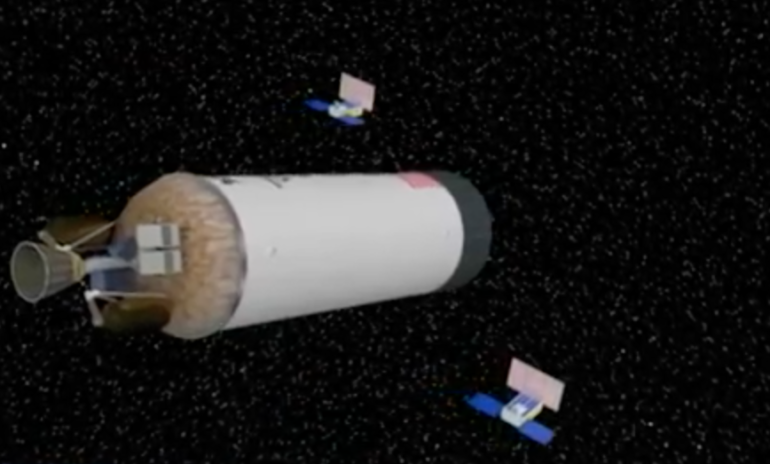When you think of satellites, spacecraft like Sputnik, the world’s first artificial satellite, launched by the Soviet Union in 1957, comes to mind. These days, the satellite industry is all about miniaturization – and so-called ‘CubeSats’ are all the rage.
CGTN’s Hendrik Sybrandy reports from the Space Symposium in Colorado.
It was billed as the “SmallSat Express.” Last December, a SpaceX Falcon 9 rocket lifted off from California with 64 small satellites on board. U-class spacecraft, more commonly known as CubeSats, are pouring into space these days.
They are a kilogram and a half or less in weight used to perform space and Earth science and to collect data.
And they were a prime focus at this year’s Space Symposium in Colorado Springs.
The space field has seen enormous change and growth in the 35 years that this leading space industry event has been held. And smaller satellites are just the latest example.
“Over the past five years, I’ve been able to see quite a substantial growth,” said Matt Carton, who works for Blue Canyon Technologies which builds CubeSats for academic, commercial and government customers.
“Technology has sort of pushed it,” Canyon said. “As things have gotten smaller and smaller, capabilities have been able to get better and better in a smaller package.”
The spacecraft, often launched as secondary payloads on other missions, are frequently deployed in low Earth orbit where satellite constellations now help provide better communications and internet connectivity on Earth. A variety of manufacturers now help outfit CubeSats with, in the case of MMA Design, deployable solar arrays and antennas.
MMA Design Owner Mitch Wiens says because of their size, low cost and relatively short life, several years, CubeSats can constantly be reinvented.
In fact, less hazardous propulsion technology for these spacecraft is on the way. The sky is not the limit for CubeSats, two of which ventured into deep space last November to notify scientists of the Mars InSight landing. When it comes to satellites, bigger may not be better.
While satellite traffic and cybersecurity remain concerns in the industry, there’s no doubt: a CubeSat boom is underway.
 CGTN America
CGTN America

